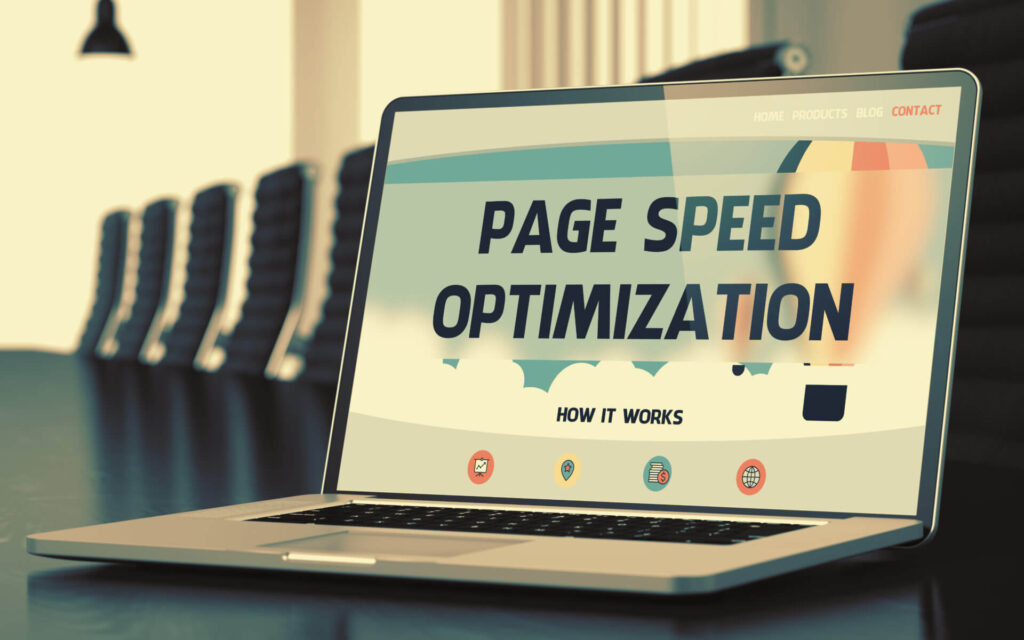Introduction:
In the fast-paced digital era, the speed at which your website loads is critical to retaining visitors and ensuring a positive user experience. Slow-loading websites not only frustrate users but also risk lower search engine rankings. In this article, we will delve into the world of Pagespeed Ladezeit Webseite optimieren verbessern optimization, exploring key strategies to enhance your website’s performance and ensure lightning-fast loading times.
- Understanding PageSpeed Insights:
To kick off your optimization journey, it’s crucial to understand the metrics provided by tools like Google PageSpeed Insights. This tool analyzes your website’s performance and provides scores for both mobile and desktop versions. Factors such as server response time, render-blocking resources, and image optimization contribute to these scores. - Optimizing Images for Speed:
Images are often the largest elements on a webpage. Compressing and properly formatting images can significantly reduce page load times. Consider using next-gen image formats like WebP, and leverage lazy loading to defer the loading of images until they are visible to the user. - Minimizing HTTP Requests:
Every element on your webpage, be it images, stylesheets, or scripts, requires an HTTP request. Minimizing these requests by combining CSS and JavaScript files, utilizing image sprites, and reducing the number of elements on a page can drastically improve loading times. - Browser Caching:
Enable browser caching to allow users to store static files locally, reducing the need to download them on subsequent visits. By specifying appropriate expiration dates for different types of content, you can strike a balance between fresh content and reduced load times. - Optimizing CSS and JavaScript:
Bloated and unoptimized CSS and JavaScript files can hinder your website’s speed. Minify and compress these files to reduce their size, and consider loading them asynchronously to prevent render-blocking. - Prioritizing Above-the-Fold Content:
Above-the-fold content refers to the portion of a webpage that is visible without scrolling. Prioritize the loading of this content to give users a quick and engaging experience, even before the entire page has loaded. - Server-Side Performance Optimization:
Optimize your server response time by leveraging content delivery networks (CDNs), employing efficient server configurations, and choosing reliable hosting services. A fast server response time is crucial for a speedy user experience. - Mobile Optimization:
With an increasing number of users accessing websites on mobile devices, optimizing for mobile is paramount. Implement responsive design, optimize images for mobile screens, and prioritize critical rendering paths to ensure a seamless mobile experience. - Regular Performance Audits:
PageSpeed optimization is an ongoing process. Regularly audit your website’s performance using tools like PageSpeed Insights and make necessary adjustments. Stay informed about industry best practices and updates to ensure your website remains at peak performance.
Conclusion:
In the competitive online landscape, a fast and responsive website is not just a luxury but a necessity. By implementing these PageSpeed optimization strategies, you can enhance user satisfaction, improve search engine rankings, and ultimately drive the success of your online presence. Keep in mind that the digital landscape evolves, so staying proactive in your optimization efforts is key to long-term success.

More Stories
Safepal: Revolutionizing Cryptocurrency Security with Cutting-Edge Solutions
MetaMask: Bridging the Gap Between Users and the Decentralized Web
The Salt Trick: A Surprising and Versatile Solution to Everyday Problems